Southeast Asia is famous for its fruits, but the largest selection and the most delicious ones are on the fabulous island of Bali. Some of them are so strange-looking, that there can be difficulties when choosing. But if you follow Travellizy's tips below, everything will be fine. So, these are the fruit of Bali:
Mangosteen
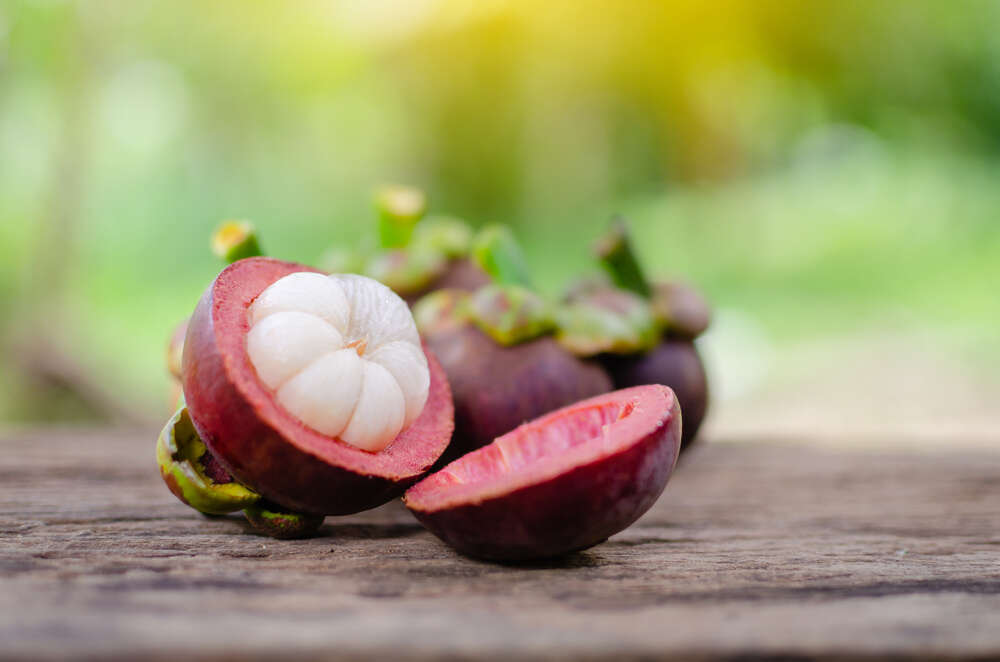
Appearance and flavor: The dark purple peel hides a delicate white pulp, which is divided into segments similar to garlic cloves. There is a small bone inside each clove. The flavor of mangosteen is difficult to compare with something, it is distinct, sweet, even a little sugary.
How to choose: The peel of the ripe fruit should be evenly purple, and the tail should be green and not sluggish. When choosing, squeeze the fruit slightly, it should be hard, without soft parts.
How to eat: Mangosteen can be eaten apart and in fruit salads. You can rarely meet it in shakes, smoothies and juices, since it is very difficult to separate the pulp from the bone. The sweetness of the fruit contrasts well with something sour, such as star fruit.
Price for 1 kg: 5 €
Rambutan
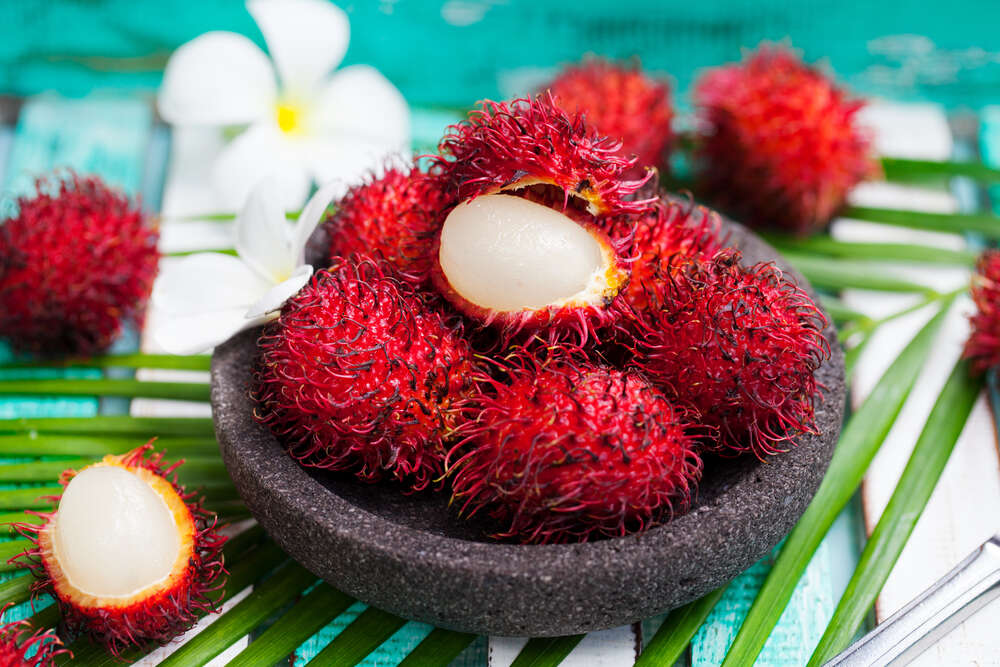
Appearance and flavor: Rambutan looks like a red chestnut, but with thin and soft needles. There is a translucent pulp with a large black bone inside. Rambutans are very sweet. They are sold in bunches.
How to choose: Everything is simple, red rambutan is ripe, green - unripe. Needles should not be dry or sluggish.
How to eat: Rambutans are not good for juices, but the pulp fits perfectly in salads. Keep in mind that the fruit is very hearty, and you can’t eat a lot of it. The fruits are stored for only a couple of days even in the refrigerator.
Price for 1 kg: 2.7 €
Longan
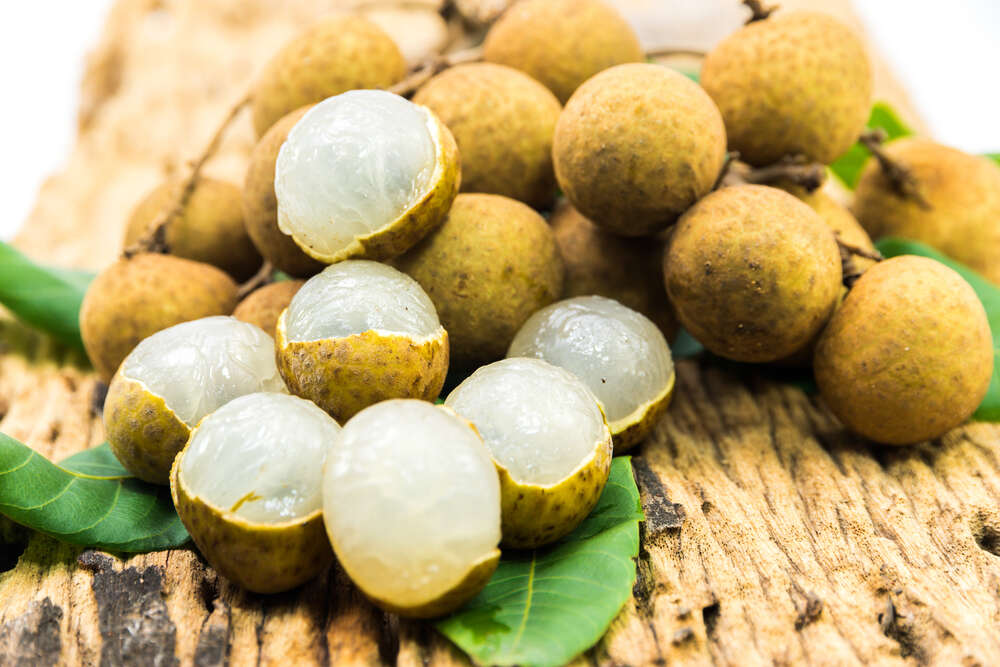
Appearance and flavor: This fruit is a close relative of rambutan, the form of pulp and flavor are very similar. The difference is only in the peel, it is smooth and light brown.
How to choose: The peel of longans should not be too pale, and the shoots, where the fruits are mounted, should be green.
How to eat: Like rambutans, longans can be eaten fresh and in salads. The pulp is very easily separated from the seed, so if you wish, you can add it to other, more juicy fruits, and make a smoothie.
Price for 1 kg: 2 €
Durian
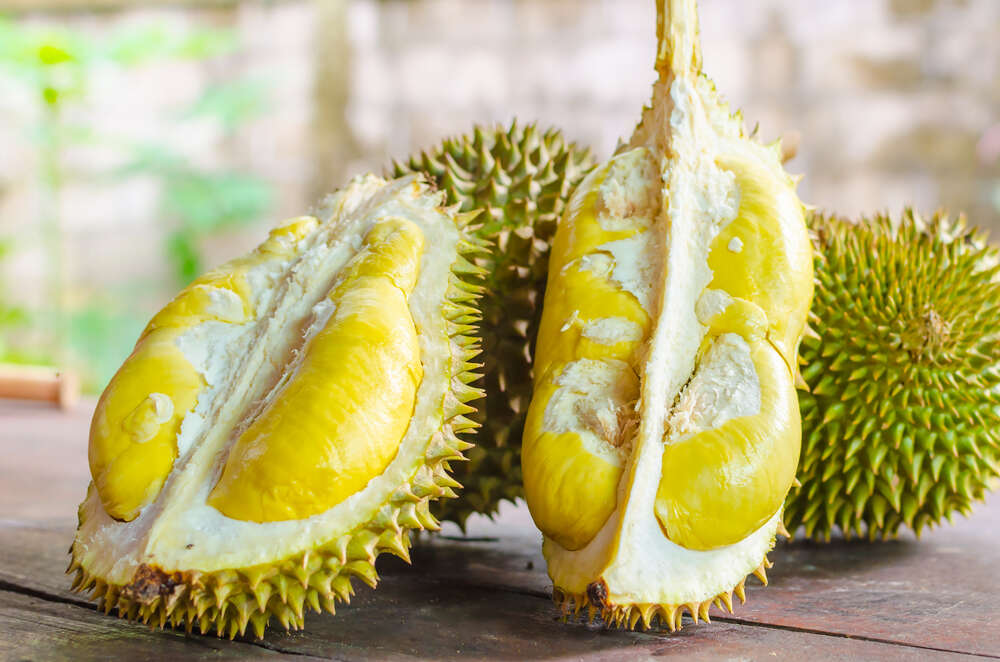
Appearance and flavor: The most famous and legendary fruit of Asia, the king of fruits, the fruit that tastes like heaven and smells like hell - durian has many names. This fruit, which looks like a very large and hard chestnut, is famous for its terrible smell, but there's a kink. The thing is that the durian starts to stink a few minutes after you peel it, and just opened, it smells very nice. The flavor of durian is cream, chocolate, coffee and many other subtle shades. There are different varieties, the fruits come in different sizes and colors, from gray-green to bright yellow.
How to choose: You can choose ripe durian in the same way as watermelon - by sound. Tap the fruit, if the sound is dull, then the durian is ripe. Shake it. If you hear something moving inside, it means the durian fruit has dried out. Look at the stem. Really fresh durian will have a stem end that's still moist and light in color. Smell it. Durians ripen from the stem down, so always smell the area around the stem. And it is better to buy the whole fruit, rather than the pulp that has been peeled and packed in polyethylene, in the second case, you run the risk of fully smelling that same legendary smell.
How to eat: In its pure form, fresh durian is very good, but it is even better with good black coffee. But you should not add it to salads, it will interrupt the smell and taste of all other components. And in no case should you combine durian with alcohol, otherwise you risk getting a heart attack.
Price for 1 kg: 7.8 €
Jackfruit
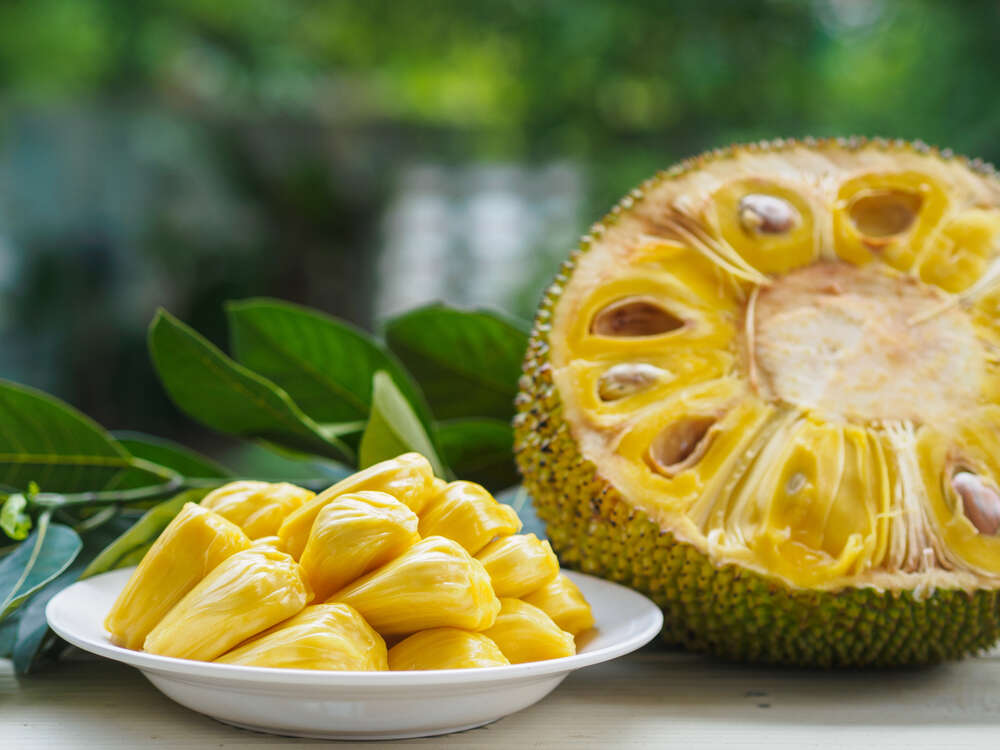
Appearance and flavor: You can feed a small village with one jackfruit. Seriously, these fruits look more like solid-sized green bags than something edible. Under the green peel, you will find hundreds of soft plum-sized seeds, these seeds are often sold in separate packages. Jackfruit has a specific flavor, a bit like the flavor of durian, but the pulp is harsh.
How to choose: If jackfruit is sold pre-packaged, then it is already ripe, there are no subtleties of choice here. If for some reason you decide to buy a whole fruit, pay attention to the fact that there are no large rotten spots on the peel.
How to eat: The pulp of jackfruit seeds is easily separated from the seeds, it can be eaten in salads or in pure form.
Price for 1 kg: 3.3 €
Salak
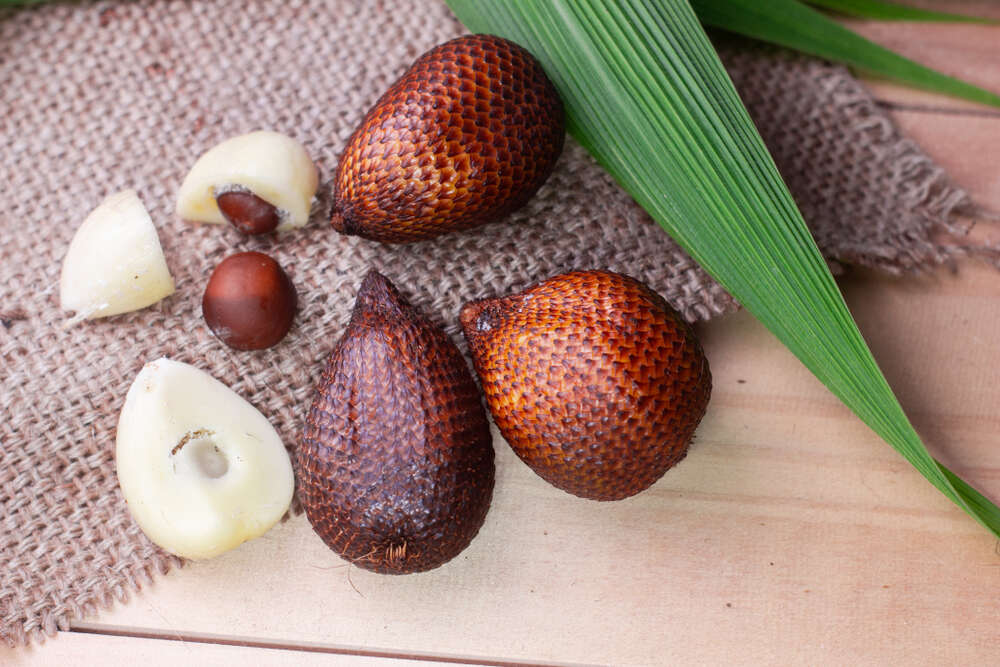
Appearance and flavor: Salak is often called snake fruit because of its snake-like peel. It is thin, easily removable, and there are solid white slices with a bone inside. The flavor of salak is something between a nut and a banana.
How to choose: Be sure to feel the tail of the snack fruit, its thin part. If it is soft, then this is a sure sign that the fruit has begun to rot. The ripe snake is hard and shiny.
How to eat: Snake fruit is the perfect complement to any fruit salad. Separate the pulp from the bone, cut it into slices and serve with papaya, carambola, pineapple and other tropical fruits.
Price for 1 kg: 1.7 €
Star fruit
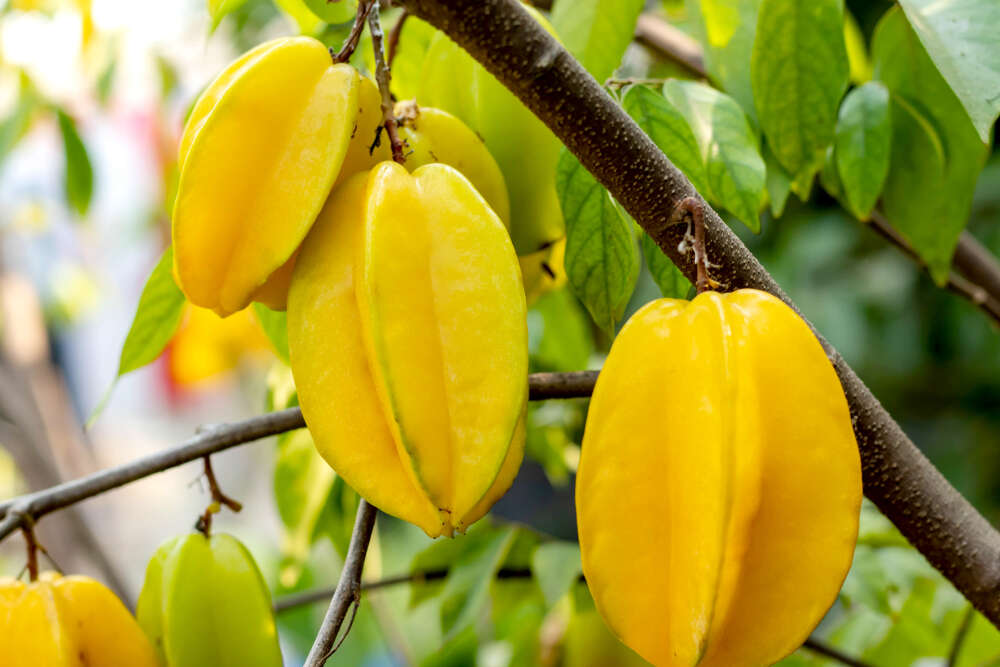
Appearance and flavor: The oval yellow-green fruit is called the star fruit not in vain. If you cut it, you get juicy crispy stars. And its flavor is a mixture of gooseberries and strawberries.
How to choose: Ripe star fruit or carambola shall be determined by color - it should be greenish-yellow, but not orange and not green.
How to eat: You can eat the whole starfruit, as it does not have inedible parts. It can be served with everything you want, but strawberry complements the sour flavor particularly well.
Price for 1 kg: 1.3 €
Papaya
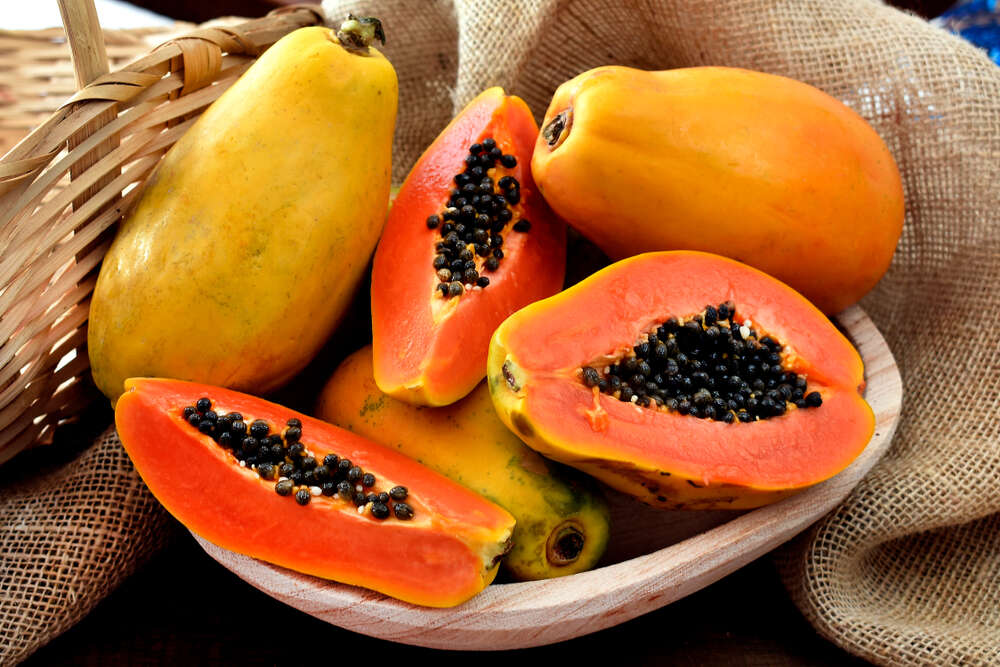
Appearance and flavor: Papaya is familiar to many by juices and yoghurts. It looks like a long melon or a very ripe and sweet pumpkin, and it has bright orange, sometimes even red pulp and a lot of brown round seeds inside. Some people find the flavor of papaya not very pleasant, but others are crazy about it.
How to choose: Soft papaya is bad. The fruit spoils very quickly, and buying a fruit that is easily squeezed makes sense only if you are ready to eat it right away.
How to eat: It is easily peeled with a regular or a special fruit knife, the seeds can be removed with a spoon, and the pulp is perfect for everything, even for vegetable salads. And a juicy papaya can be used for a lot of different drinks. The famous Asian papaya salad is made of hard green papaya.
Price for 1 kg: 0.6 €
Passion fruit
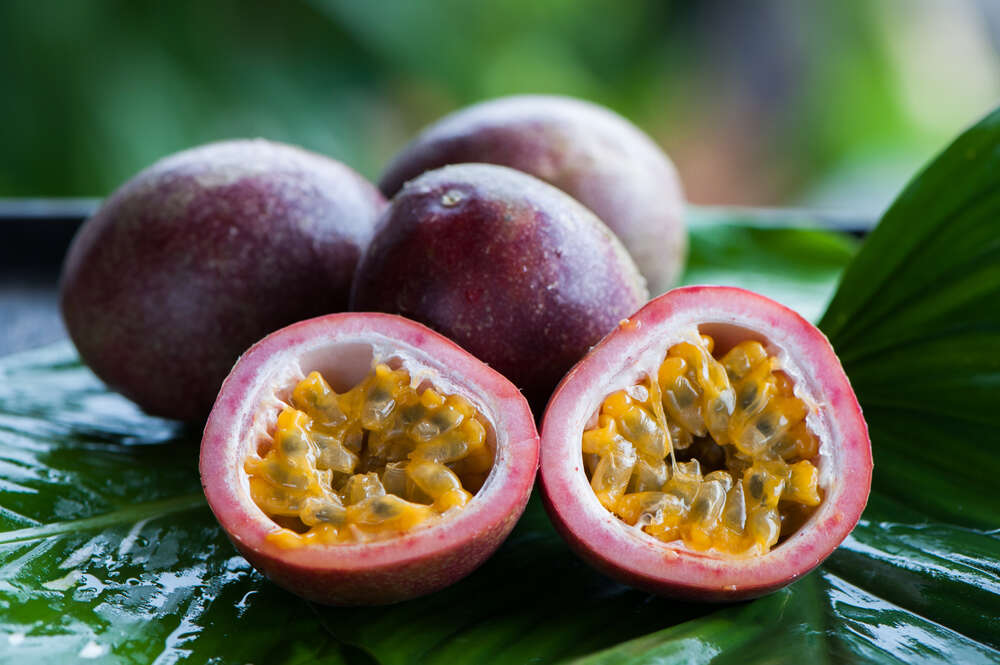
Appearance and flavor: Maracuya, granadilla or passion fruit can be of different varieties, and they differ from each other by the color of the peel - from orange to purple. The fruit is round, there are many small edible seeds inside the jelly-like sweet and sour pulp.
How to choose: The peel must be dry and the fruit itself must be light.
How to eat: Passion fruit itself is not the most hearty fruit, but it perfectly complements the flavors of other fruits. Cut the fruit in half, remove the pulp and seeds with a spoon, and add it to drinks, salads, desserts or even baked goods.
Price for 1 kg: 1.4 €
Mango
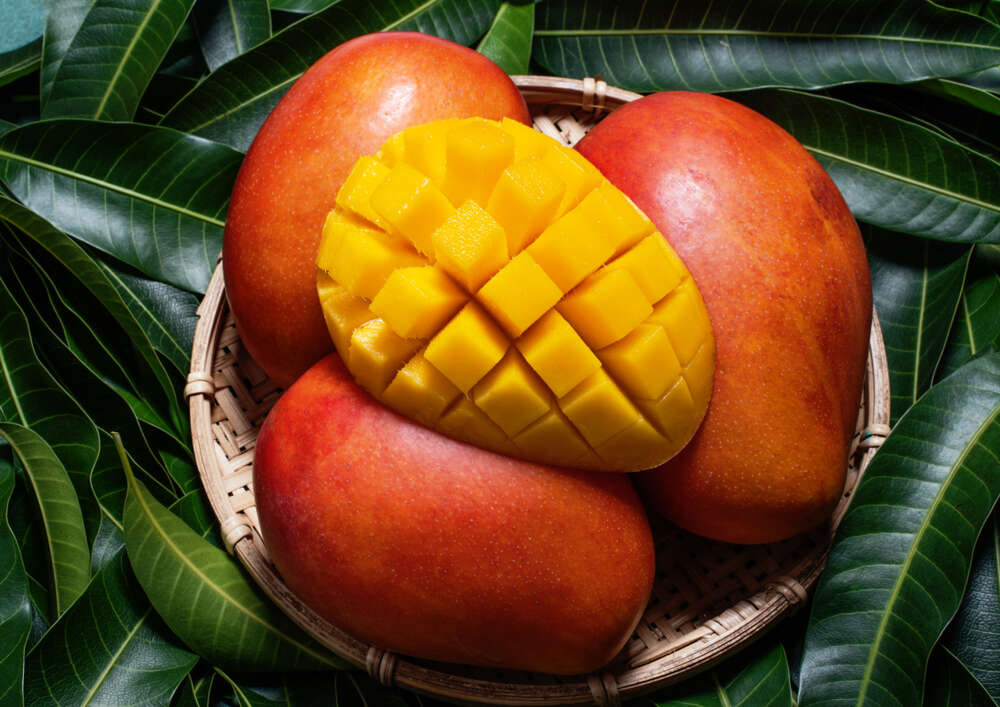
Appearance and flavor: There are a lot of mango varieties, more than three dozen. There are green and sour, orange and sweet, red and sweet and sour fruits. They are united by one thing - an oblong shape with a snub-nosed tip.
How to choose: The question here is what you choose mangoes for. Soft and sweet varieties are good for fruit salads, hard and green varieties for vegetable salads.
How to eat: Peel the mango, separate the pulp from the bone, and then you can use it anywhere - for juice, for salad or even for dessert. Mango is the most versatile fruit in Asia.
Price for 1 kg of yellow mango: 3,7 €
Avocado
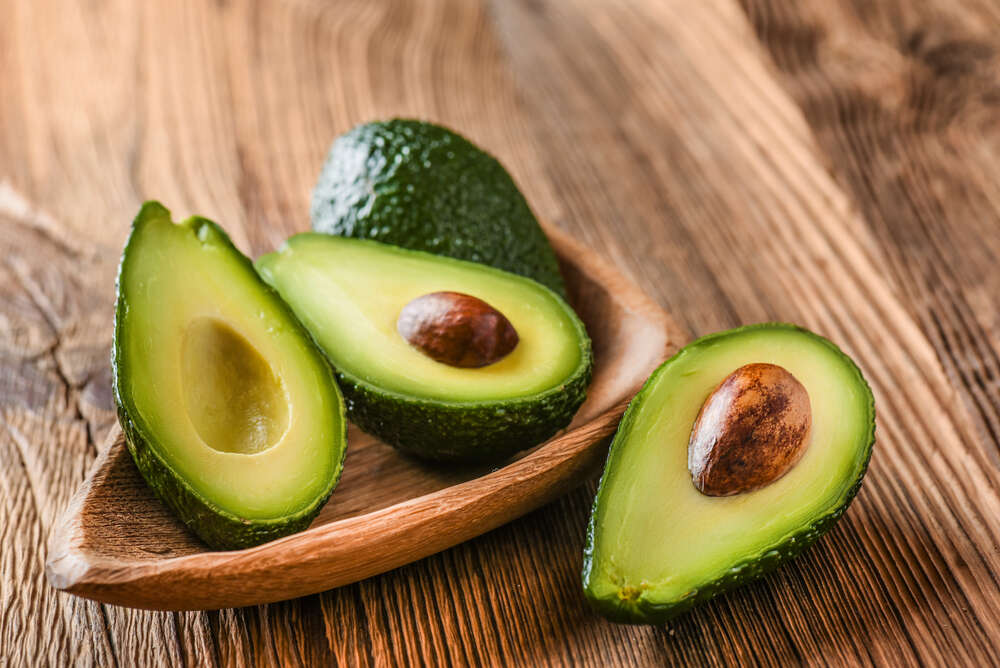
Appearance and flavor: These are dark green oblong fruits with a large round bone inside. In addition to local types, you can buy in Bali also avocados from the Philippines - with a brown-red peel. The flavor of the avocado is grassy, with a slight bitterness, if the fruit is not quite ripe.
How to choose: Avocado can be green at this moment, but it may also spoil after half a day. For later, you should take hard fruits, and for now, take soft ones, but even the greenest avocado cannot be stored for more than a couple of days.
How to eat: A ripe and soft fruit in the form of a spread is perfectly combined with brown bread, and a hard avocado contrasts the taste of vegetables in salads. An interesting recipe is avocado with black coffee.
Dragon fruit
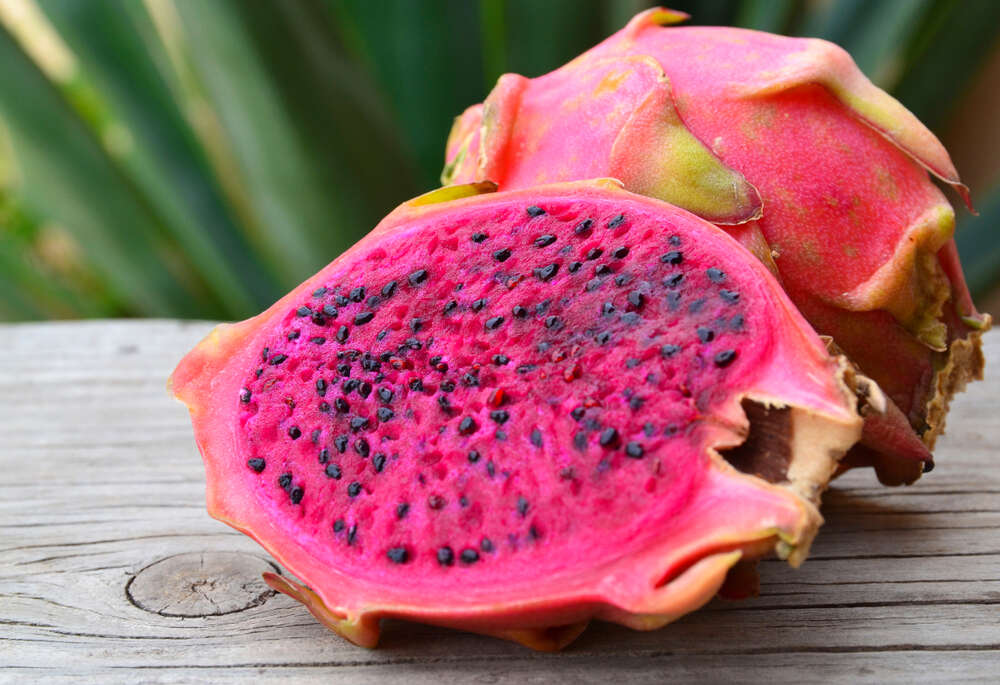
Appearance and flavor: Dragon fruit or pitahaya is a cactus fruit and one of the strangest-looking fruits in Asia. The bright pink large fruit looks like a bump with rare and green scales at the ends. Inside, it can be either white or the color of a ripe beet. The flavor is like a slightly greenish strawberry, not very bright.
How to choose: A shiny, bright and elastic dragon fruit is always ripe, and the one that looks tired, mushy with wilted scales - is not.
How to eat: Dragon fruit alone is not the most impressive fruit in Bali, so it is often combined with other, brighter ones. It is most convenient to cut the fruit in half and eat the pulp with a spoon.
Price for 1 kg: 2.8 €
Guanábana
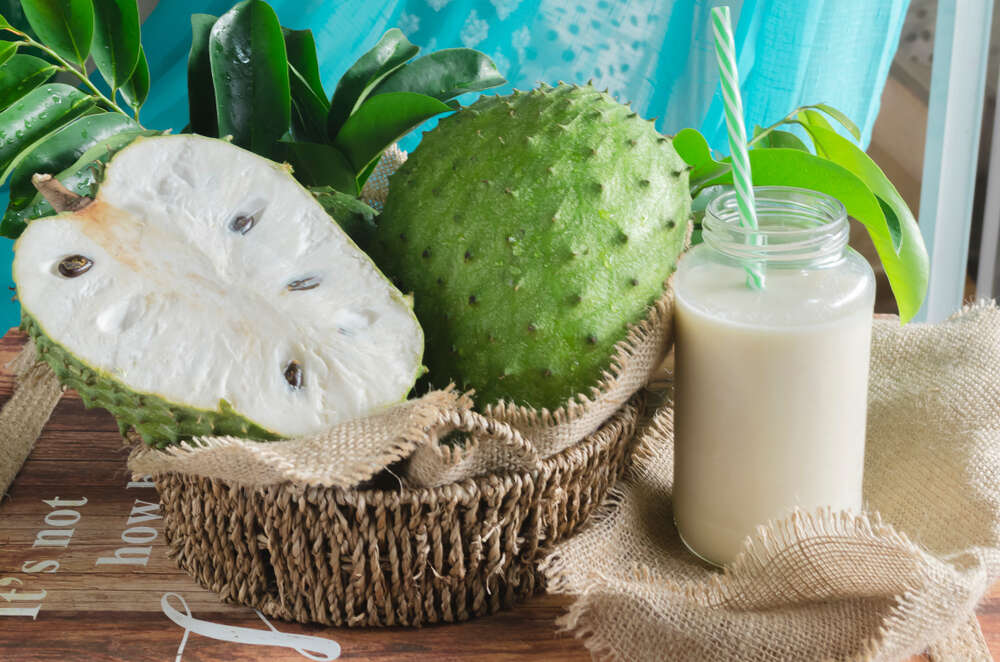
Appearance and flavor: It is also called soursop or cherimoya. It is a large, oblong green fruit, with a white flesh and black bones under its thin peel. The flavor of guanabana is as a combination of strawberries and apple with sour citrus flavor notes, as well as cream, ice cream and banana.
How to choose: If you are going to eat a soursop immediately after purchasing it or on the same day, choose a softer fruit, and a solid guanabana will mature in a refrigerator for a couple of days.
How to eat: The pulp must be separated from the seeds, because they are poisonous. Fatal poisoning will not threaten you, if you accidentally swallow a couple of them, but you might suffer from indigestion. The fruit tastes best when chilled, and the juices and smoothies from it are simply divine.
Price for 1 kg: 1.4 €
Of course, there are less exotic fruits in Bali - strawberries, bananas, kiwi, apples and even pears. But you can eat all this at home, can't you?

 Русский
Русский
 Deutsch
Deutsch
 Українська
Українська
 Español
Español
 Italiano
Italiano
 Français
Français
 Polski
Polski
 Čeština
Čeština
 Қазақ
Қазақ
